Follow these 8 rules to be an excellent defensive driver
Use your eyes.

Know your vehicle.
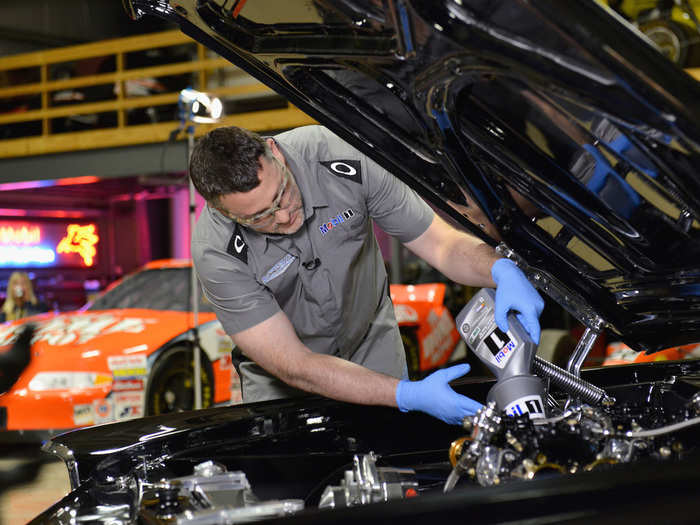
I'm fortunate that I get to sample a lot of different cars, trucks, and SUVs.
But as a result, I'm also deeply aware of the capabilities of different vehicles. I'm not going to drive a Honda Accord the same way I would a Porsche 911 or Ferrari 488 GTB.
Your car is a package. The engine, transmissions, brakes, and tires combine to form a whole. If you have mass-market brakes and regular old radials, you shouldn't be blasting around like you have a trackworthy sports car that was engineered to go hard.
You should also be aware of the safety features that your car has on board. For example, a lot of newer vehicles will warn you of other vehicles on your flanks, let you know if you're nodding off, and then buzz the steering wheel if you're slipping out of your lane.
Don't tailgate.

The No. 1 problem I see in everyday driving, particularly in the traffic-clogged Northeast, is tailgating.
On a highway, you want a lot of distance between you and the car in front on you. At highway speeds, you will need the space to execute evasive maneuvers to avoid an accident, or engage the antilock brakes in your cars to prevent rear-ending the vehicle ahead of you.
So how much space? I like at least a semitruck length, which is about three car lengths. In stop-and-go traffic, where rear-ending is common, I sometimes keep at least a couple of car lengths between me and the other person. I catch criticism for this, but I've also seen horrific accidents happen right in front of me on several occasions. I want a big margin for error.
Be smooth.
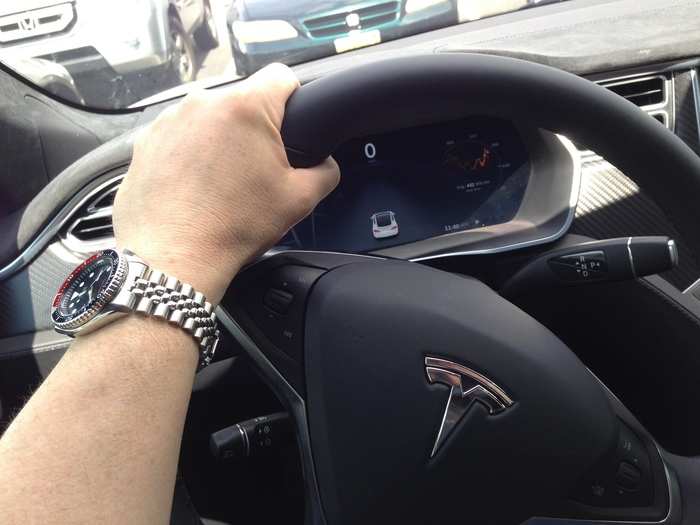
The legendary race car driver Jackie Stewart was a smoothness obsessive. His advice: Put a bowl of water on your dashboard. You should be able to drive around without spilling a drop.
I grew up in the pre-cupholder era, when if you wanted a drink in your car you had to learn to drive in a way that wouldn't lead to spills.
You do this by finessing and caressing your ride. You don't punch it. You don't slam the brakes. You accelerate and decelerate in a smoothly linear fashion, and you keep your eyes on the road ahead to plan your decisions. You remain ever aware of how hard your engine is running and what the road beneath your tires feels like. You minimize steering inputs — and you keep both hands on the wheel as often as possible. You float the car.
In a nutshell, you appreciate that you're engaged in a demanding cognitive and sensory experience, and you allow your body and mind to blend with the machine. You do this with a $100,000 sports car and $20,000 compact.
Respect the speed limit.
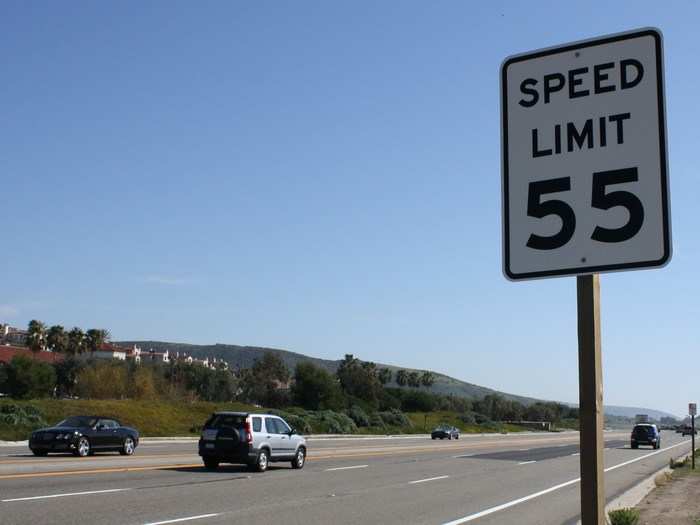
Modern cars have too much horsepower. This means that a budget A-to-B ride can crank up the speed to levels that would have impressed a race car driver in the 1950s.
Hitting 65 mph is largely effortless.
Routinely exceeding the speed limit is another aggressive driving habit that I see all the time. Drivers weave in and out of traffic, running 20 or 30 miles over the limit. They pass in all lanes, not just the far-left passing lane.
Don't do this. If you want to get to your destination safely and on time, stay close to the posted limit — driving way too slowly, by the way, is just as dangerous — and strive to achieve a steady cruising speed on the highway.
Your fuel economy will be better, you'll inflict less wear on your brakes and tires, and you'll be far less likely to be responsible for a crash.
Forget about your phone.

Distracted driving isn't defensive driving. It's offensive driving — whatever is happening on that tiny screen must be more important than what's happening in reality, with all those other people on the road, right?
Wrong. You can't do anything you're supposed to behind the wheel when you're looking at a phone or other device.
When I was learning to drive defensively, we were told that you could die a horrible death if you so much as fiddled with the AM/FM radio knob. Imagine what those worriers would have thought of Pokémon Go.
Use your infotainment system responsibly.
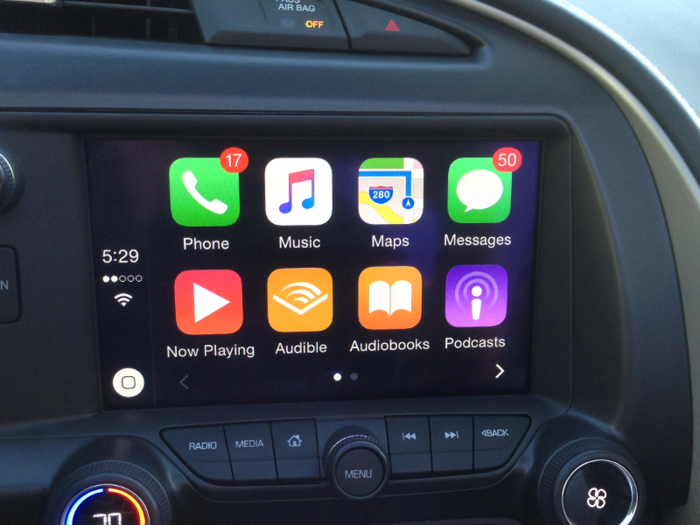
Infotainment systems have become complex, able to manage everything from music to navigation to phone calls.
It's tempting to fiddle with them while driving, but the cognitive load than has to be dealt with when you fall down that third submenu is far too much to deal with when you're behind the wheel.
Voice systems are getting better, so opt for them whenever possible.
And if your vehicle is equipped with Apple CarPlay or Android Auto, I highly recommend them. CarPlay in particular has greatly simplified the infotainment interface, allowing you to use your smartphone relatively safely. For what's it's worth, Siri loves being in a car.
Don't be seduced by new safety technology.
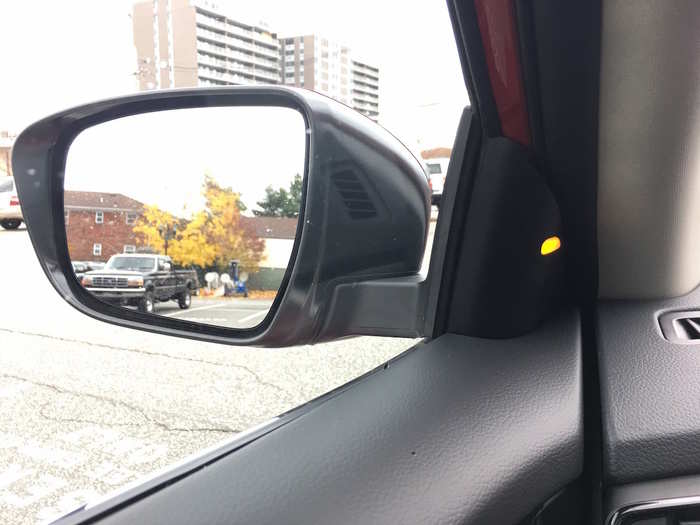
Driver-assist features are a hallmark of modern cars.
From adaptive cruise control, making use of radars and sensors, to lane-keep assist, collision alerts, and blind-spot warnings, these technologies have extended a legacy of safety, which started with seat belts and moved through airbags and into anti-lock brakes.
They're useful. But they're no substitute for remaining attentive. Don't let them take the place of careful driving.
Popular Right Now
Popular Keywords
- India’s wearables market decline
- Vivo V40 Pro vs OnePlus 12R
- Nothing Phone (2a) Plus vs OnePlus Nord 4
- Upcoming smartphones launching in August
- Nothing Phone (2a) review
- Current Location in Google
- Hide Whatsapp Messages
- Phone is hacked or not
- Whatsapp Deleted Messages
- Download photos from Whatsapp
- Instagram Messages
- How to lock facebook profile
- Android 14
- Unfollowed on Instagram
Advertisement